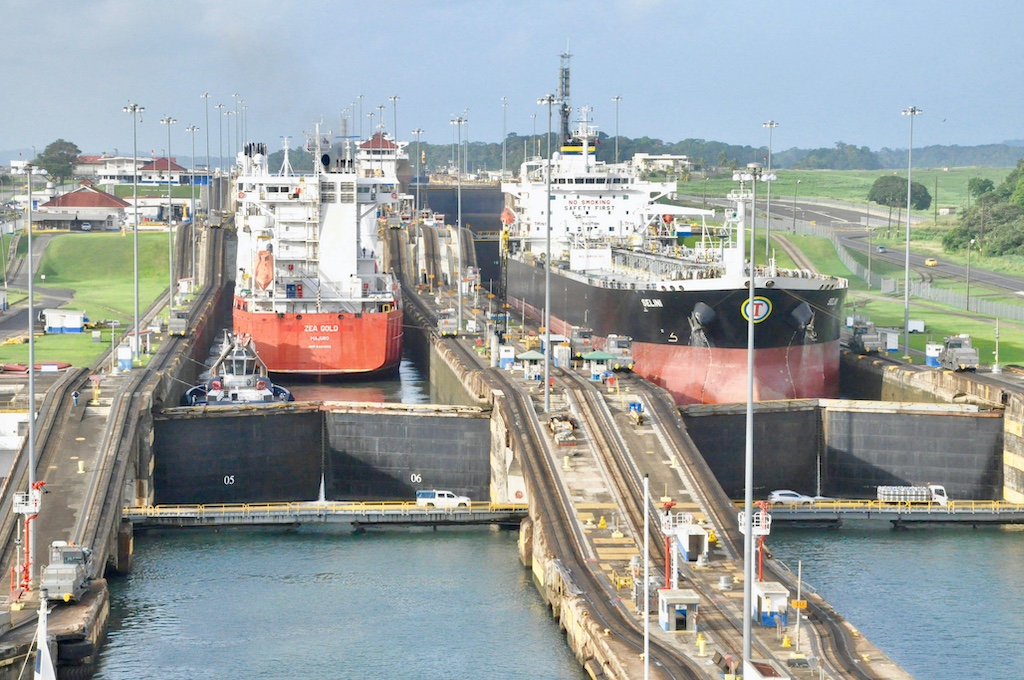The maritime industry is a cornerstone of global trade, facilitating the transportation of goods between nations and continents. As the sector grows, so does its environmental footprint, particularly concerning nitrogen oxide (NOx) emissions from diesel engines. To address this challenge, innovative solutions like Marine Urea Solution have emerged. They pave the way for cleaner, more sustainable maritime operations.
What is the Marine Urea Solution?
Marine Urea Solution, also known as AUS40, is a high-purity aqueous solution consisting of urea and deionized water. This solution targets ships with Selective Catalytic Reduction (SCR) systems. SCR systems help reduce NOx emissions in large diesel engines. It tailors to meet stringent emission regulations set by the International Maritime Organization (IMO). MARPOL Annex VI particularly outlines these regulations.
How Does Marine Urea Solution Work?
Marine Urea Solution operates as part of the SCR technology integrated into diesel engines. Here’s the detail of how it works:
- Injection into Exhaust Stream: The solution injects into the exhaust stream of the diesel engine.
- Thermal Decomposition: At high temperatures, the urea in the solution decomposes into ammonia (NH3) and carbon dioxide (CO2).
- Catalytic Reaction: The ammonia reacts with NOx gases in the exhaust over a catalyst, converting them into harmless nitrogen (N2) and water vapor (H2O).
This process significantly reduces harmful emissions, ensuring compliance with international environmental standards and contributing to improved air quality.
Functions and Benefits of Marine Urea Solution
- Emission Reduction: Effectively minimizes NOx emissions, reducing the environmental impact of maritime operations.
- Regulatory Compliance: Helps vessels adhere to IMO Tier III standards, which mandate lower NOx emissions in designated Emission Control Areas (ECAs).
- Operational Efficiency: Enables the continued use of diesel engines while meeting modern environmental requirements.
- Sustainability: Promotes greener shipping practices, aligning with global efforts to combat climate change.

Is Marine Urea Solution the Same as Diesel Exhaust Fluid (DEF)?
Marine Urea Solution and Diesel Exhaust Fluid (DEF) share similarities but serve different applications. Both contain urea and deionized water and reduce NOx emissions in SCR systems. However, there are key differences:
- Application: DEF is primarily used in land-based vehicles like trucks and buses, while Marine Urea Solution is formulated for marine engines.
- Specifications: Marine Urea Solution must meet higher purity standards and specific certifications to withstand the harsher operating conditions in maritime environments. People know DEF as AUS32 because it generally contains 32.5% urea and 67.5% demineralized water. Marine Urea Solution is known as AUS40, which generally contains 40% urea and 60% demineralized water.
- Packaging and Distribution: Marine Urea Solution is typically supplied in larger quantities and stored in specialized tanks aboard ships, reflecting the scale of maritime operations.
The Future of Marine Emission Control
The adoption of the Marine Urea Solution represents a significant step forward in mitigating the environmental impact of the maritime industry. As emission regulations become increasingly stringent, this technology will continue to play a pivotal role in ensuring compliance and promoting sustainable practices at sea.
For directors and decision-makers in the maritime sector, understanding the Marine Urea Solution is crucial. Implementing this solution is not only a regulatory necessity but also a strategic move. It promotes greener, more responsible shipping operations.
Read other Articles: Sulfur and NOx Emission Regulation for Maritime Industry

